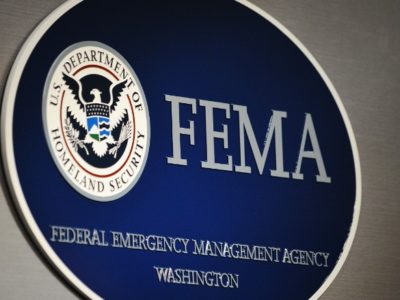Inslee v. De Blasio: Coronavirus Responses, Good and Bad
As it turns out, telling New Yorkers not to worry about the virus was a really bad idea.
The state of Washington seems to be a model of success in dealing with the coronavirus. What can we learn from that experience? And how did Washington’s approach differ from that of another hotspot with about the same population, New York City?
Let’s begin by taking a look at how the situation developed in Washington. Here’s an abbreviated timeline (you can find a more detailed and complete one on this site):
Jan. 21. First US coronavirus case confirmed in Washington State.
Feb. 29. First US coronavirus death occurs in Seattle area. Governor Jay Inslee declares state of emergency.
March 4. King County advises residents of Seattle and surrounding areas to stay home if they are over sixty, along with other social distancing recommendations.
March 6. University of Washington (U-dub) cancels in-person classes.
March 12. Inslee closes Seattle-area schools.
March 15. Inslee closes all entertainment and recreational facilities. At this point, the state has 772 confirmed cases and 42 confirmed deaths.
March 16. Inslee closes all schools in Washington State.
March 20. Inslee requests that Trump declare a “major disaster” for the state. The count is now 81 deaths from 1,512 cases.
March 23. Inslee issues statewide “stay at home” order. The count has risen to 110 deaths among 2,221 cases.
March 29. The state count is 195 deaths among 4,896 cases.
At a superficial level, the response in New York City may not appear that different. In New York City, which has seen a much more devastating increase in COVID-19 cases and deaths, the timetable for formal actions was somewhat similar. Schools and recreational facilities were closed at about the same time. Mayor Bill de Blasio closed the schools about the same time as Governor Inslee. On March 16, New York Governor Cuomo stepped in and closed non-essential businesses throughout the state. Cuomo issued a statewide “stay at home” order on March 20. The timing might not seem that much different from Washington State.
Nevertheless, there were some very big differences. Perhaps the biggest is the number of cases. When Inslee closed all schools on March 16, Washington had had 900 cases, with 135 new cases that day. Mayor de Blasio acted at almost the same time, but by then New York City had three times as many cases. The number of cases in New York City was expanding explosively at that point; had de Blasio acted even three days earlier, there would have been far fewer cases.
Another stark difference is that Mayor de Blasio’s comments on the outbreak sounded a lot more like Donald Trump’s than like Jay Inslee’s. Like Trump, he seemed more concerned about the economic impact of control measures than with the virus itself. On March 3, De Blasio said the virus couldn’t be spread through casual contact in public places. Almost a week later, on March 9, he was still telling people to take basic precautions but otherwise go about their business. Two days later, he told New Yorkers to “go about their lives” if they weren’t sick. On March 10, he did close gyms, but made one final visit to his own gym before the closure. The message to New Yorkers until the middle of March was to take moderate precautions but not to change their everyday lives. While Inslee began to encourage social distancing early on, well before he mandated it, de Blasio actively discouraged it.
There are also some other relevant differences. De Blasio and Cuomo apparently can’t stand each other, while Inslee worked closely with the mayor of Seattle, Jenny Durkan. Also, Inslee seems to have paid close attention to what the experts were telling him. In contrast, during the week before de Blasio closed the schools, his staff and public health officials had been furiously pushing him to act, but he resisted. Again, more like Trump than Inslee.
New York City is a much different place than Washington State or even Seattle. No doubt it would have been challenging under any circumstances to control the epidemic in such a densely populated, diverse city. But encouraging people to continue to congregate and interact could hardly have been helpful. If, as experts predict, we will be due for a second wave of the coronavirus after this one passes, we have to do a better job next time. Some of the lessons are to act decisively and early, to prioritize public health, to listen to public health experts, and to coordinate with other levels of government.







Reader Comments